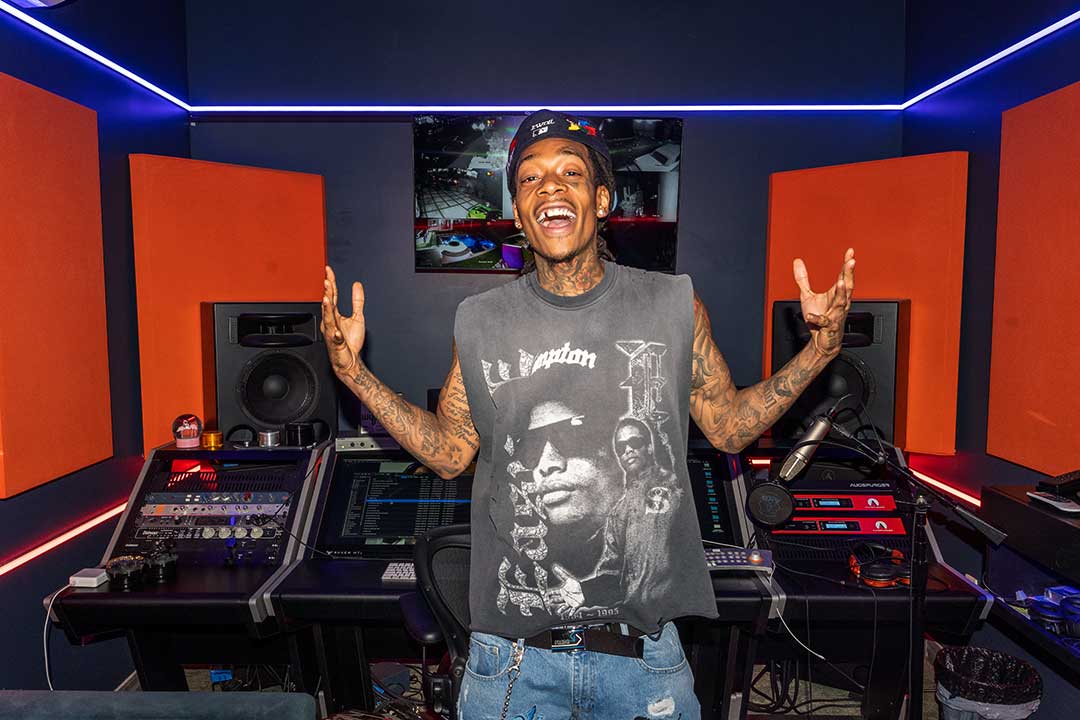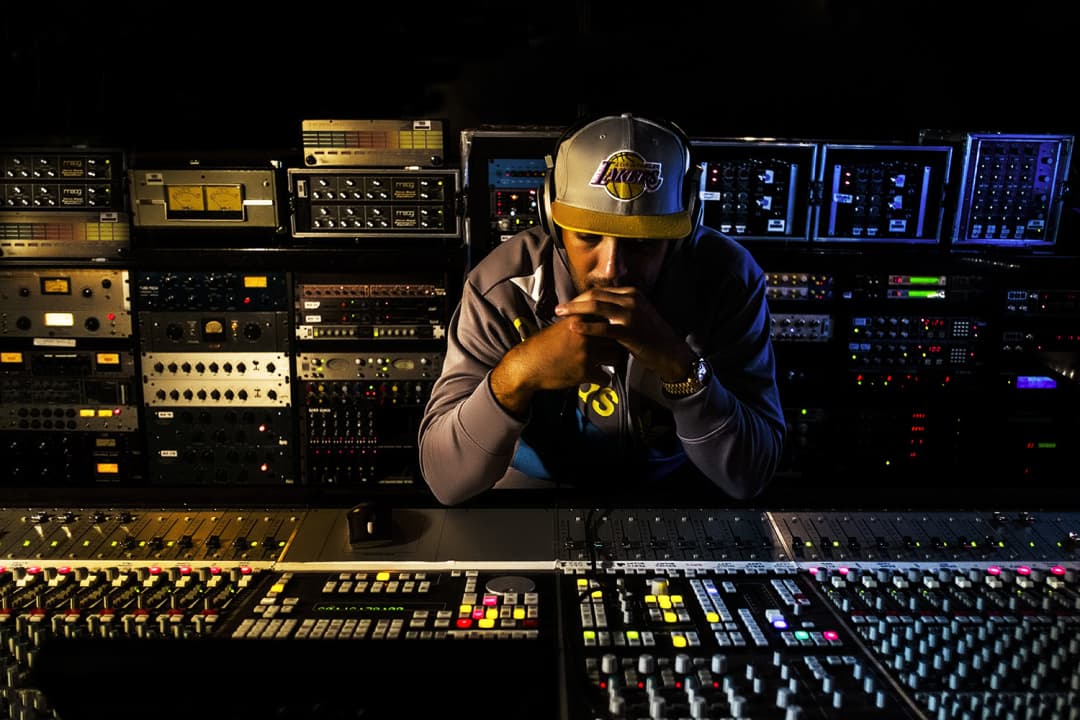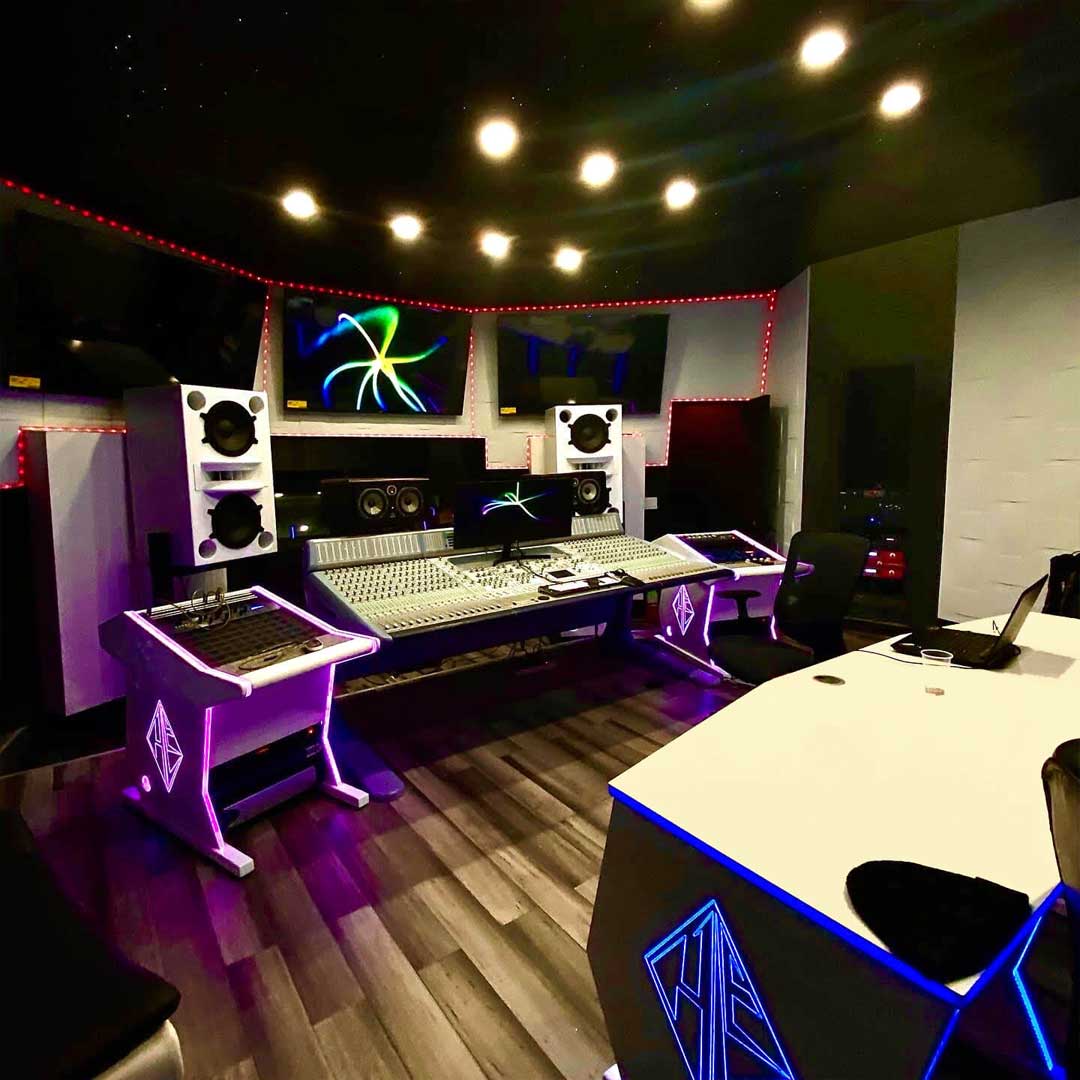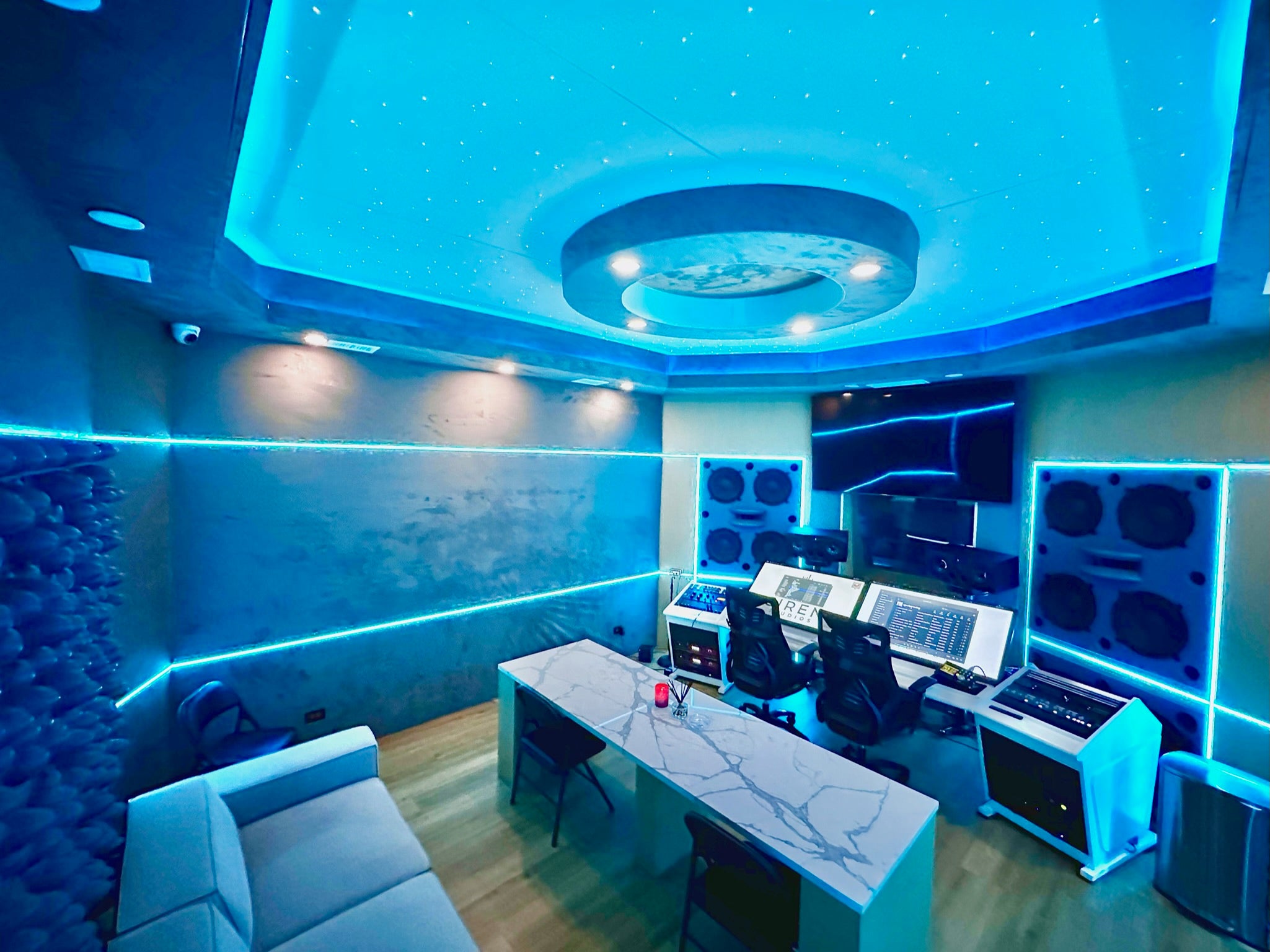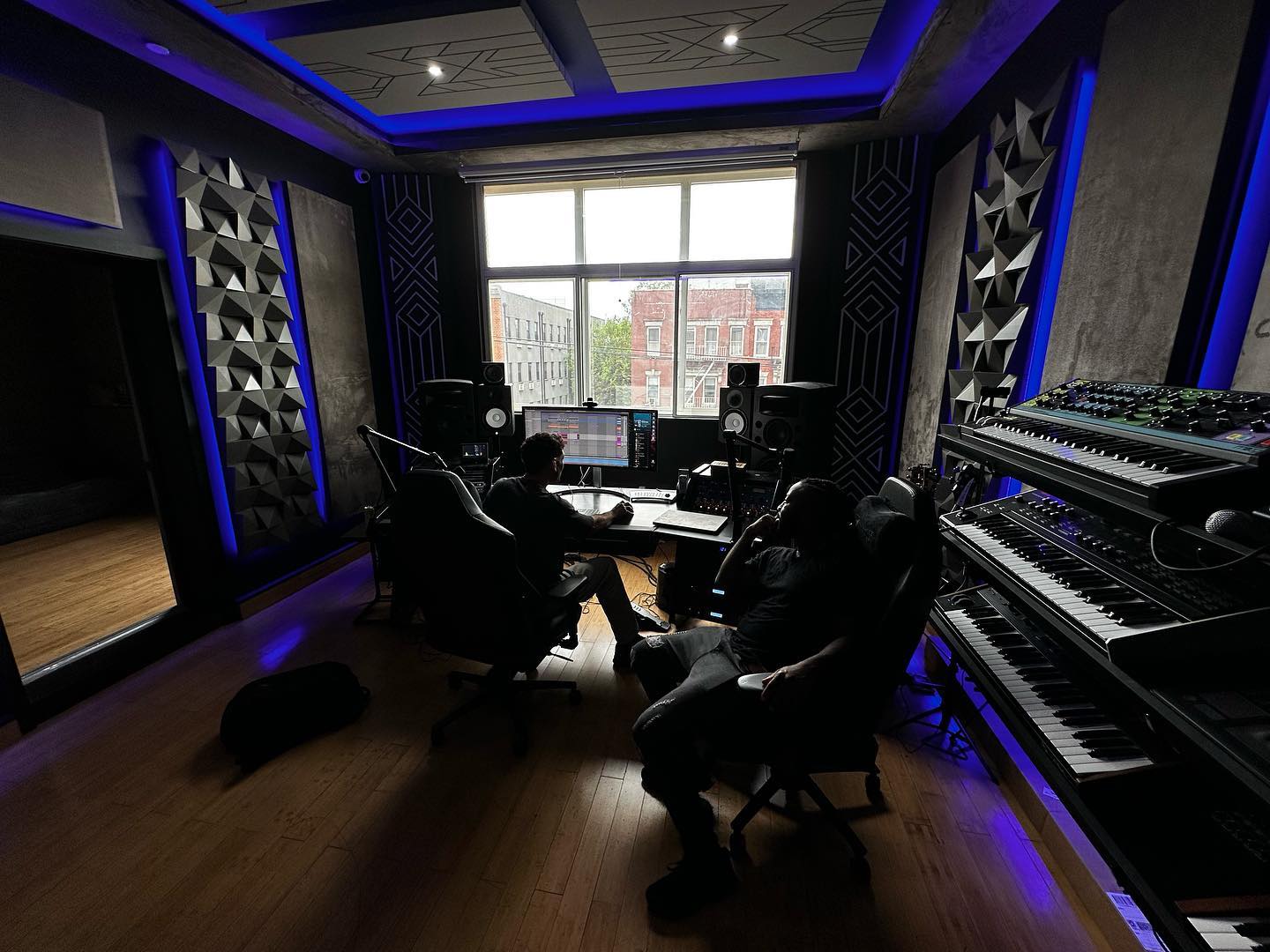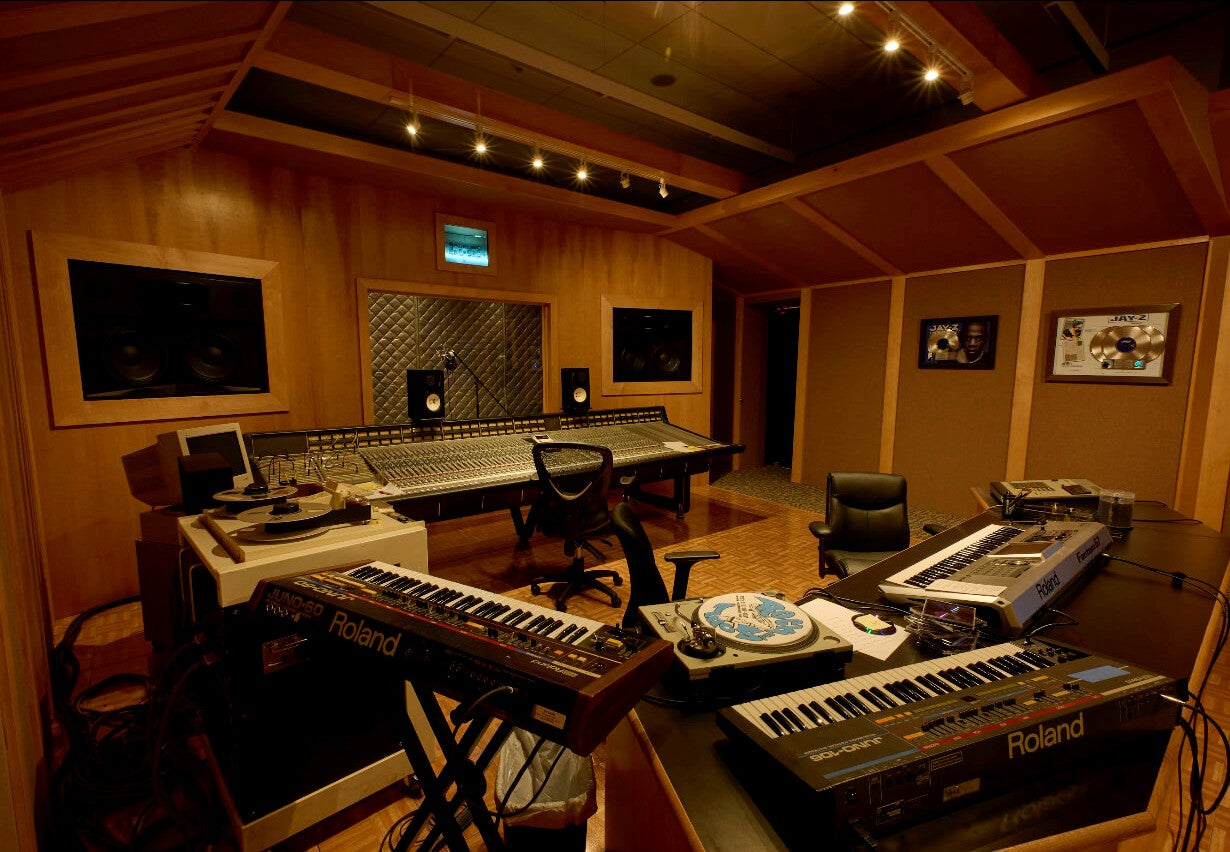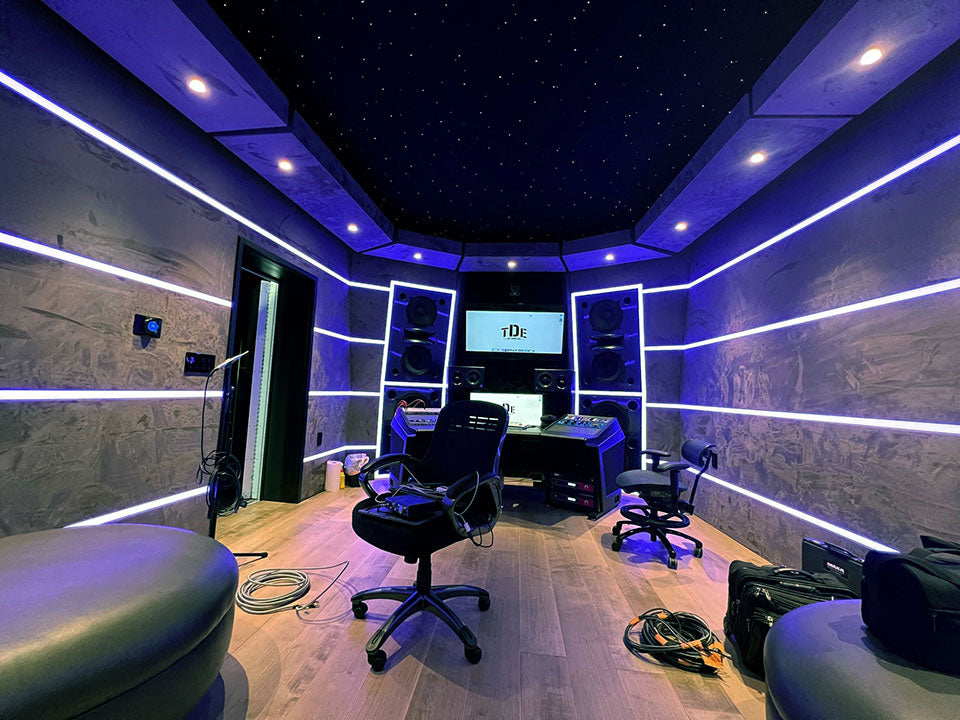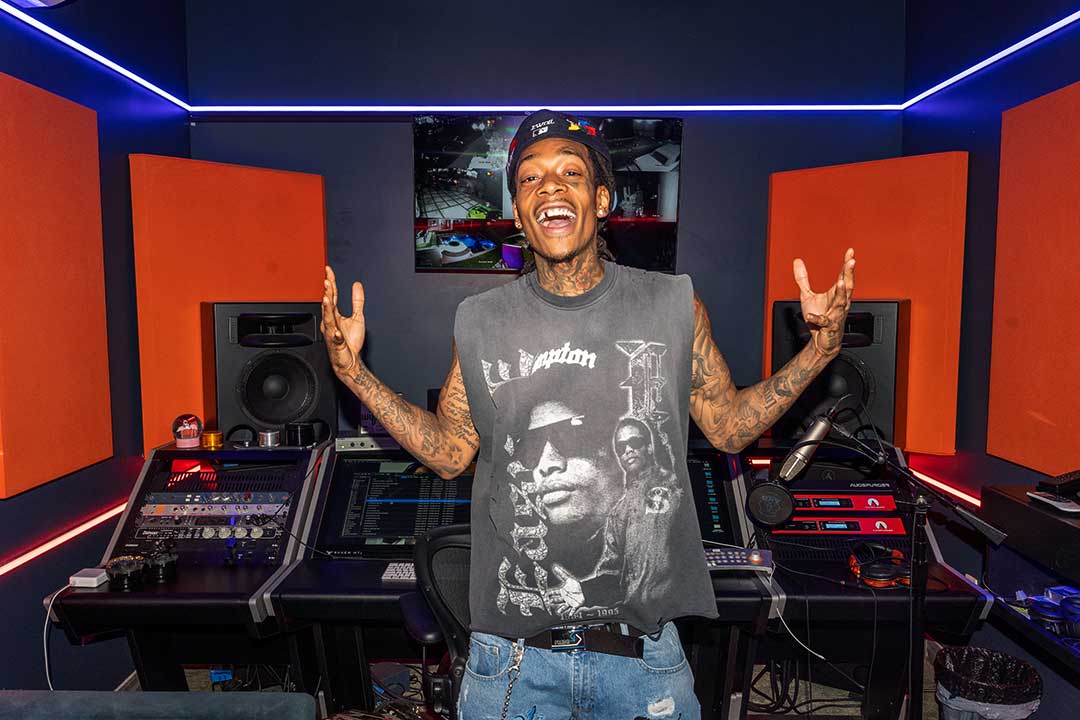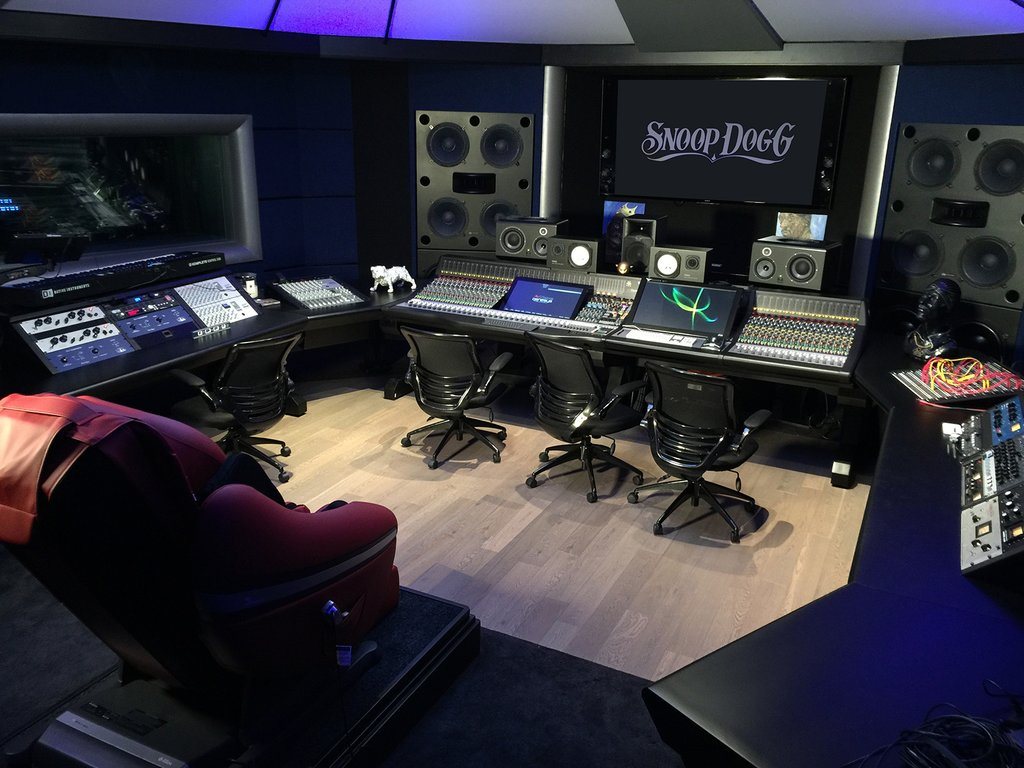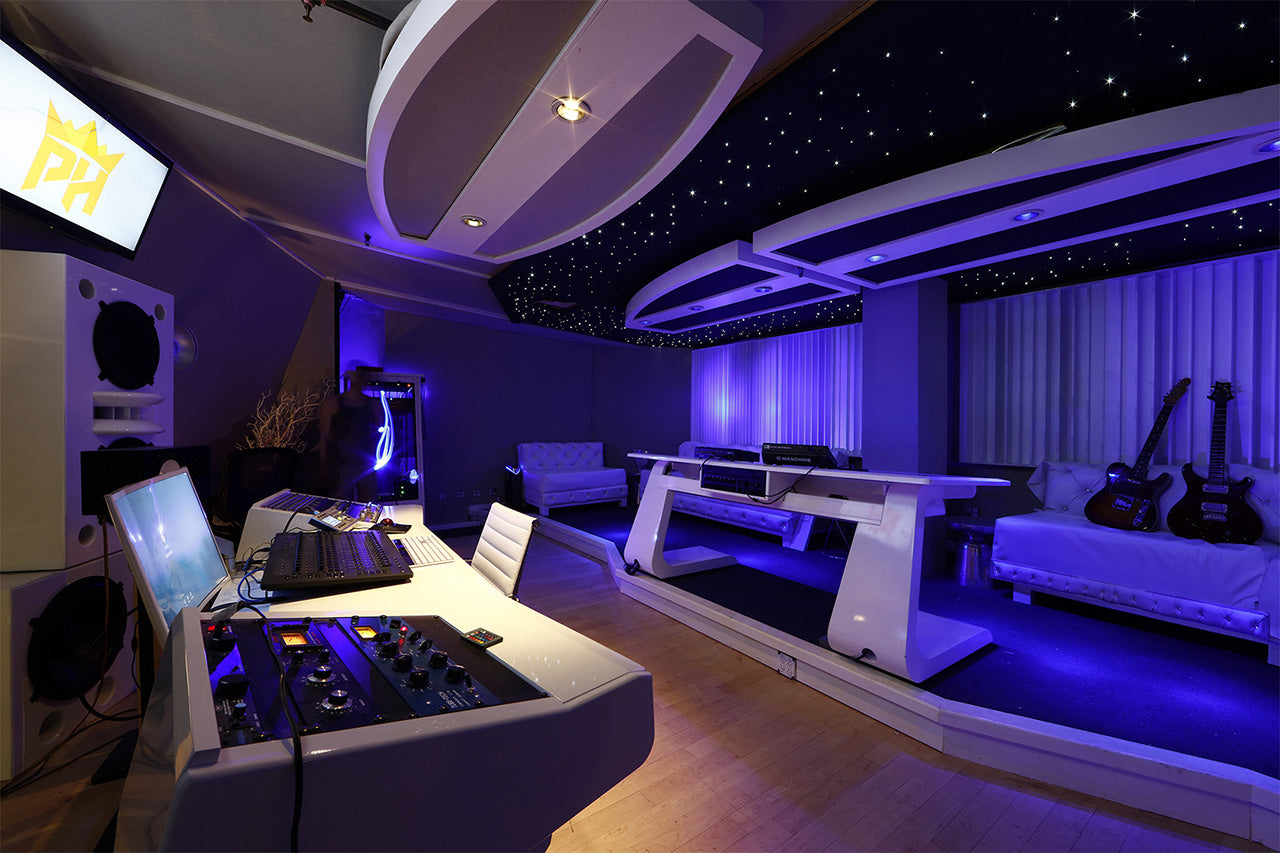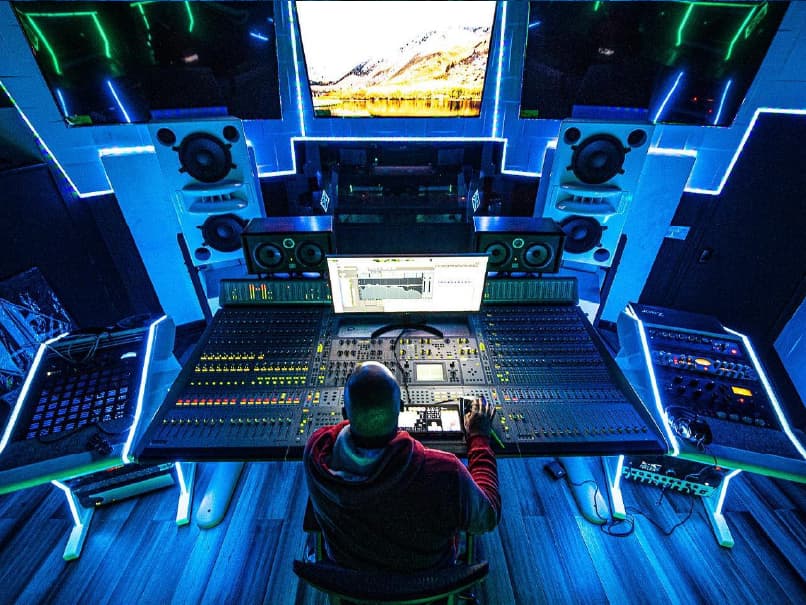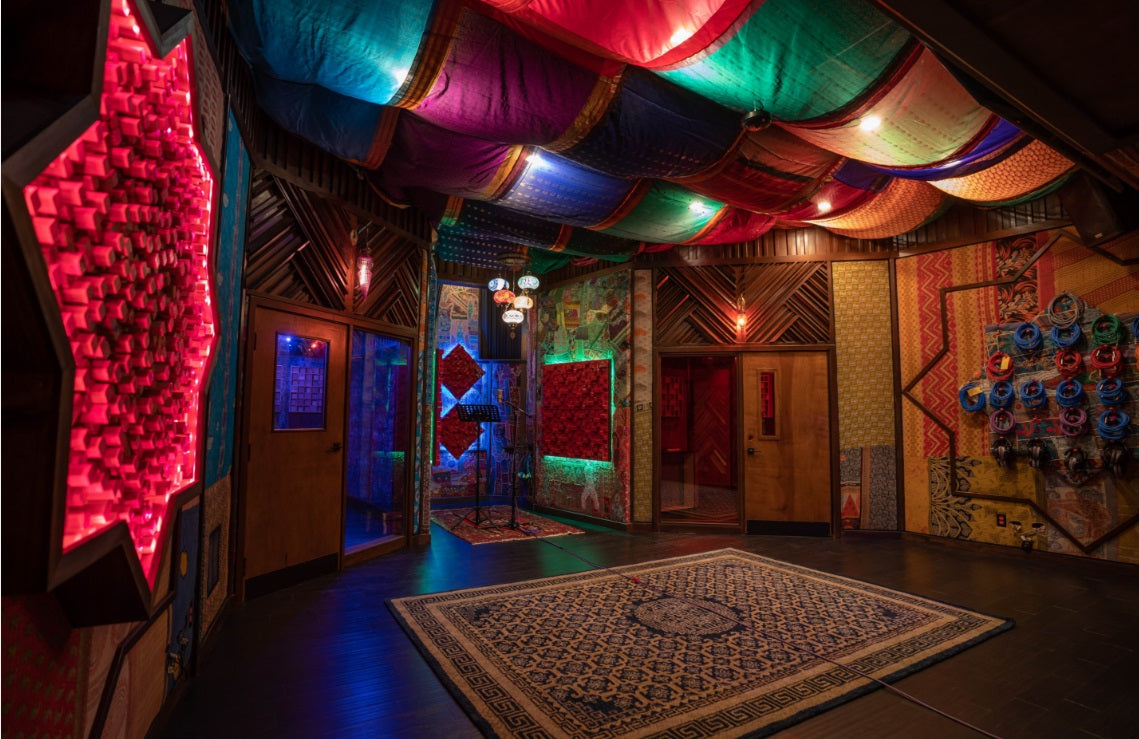This Prism Sound Dream ADA-8XR is loaded with two 8C-DA Analog Line Input modules for an ultra high-quality 16-channel D/A converter
Prism Sound ADA-8XR Mainframe
The Prism Sound ADA-8XR is a high-quality, modular multi-channel AD/DA converter mainframe that can be configured as 8x8 ADA, 16-channel AD, 16-channel DA, or as a high-resolution Pro Tools interface
Found mainly in world-class studios, film post facilities, and the personal studios of luminary producers and Grammy-winning artists, the Prism Sound ADA-8XR is a modular multi-channel AD/DA converter that can be configured in numerous ways by virtue of plug-in modules designed to suit a very wide variety of applications. The ADA-8XR mainframe can assume multiple identities, such as a 16-channel AD converter, 16-channel DA converter, or an 8-channel AD/DA converter - and that's just in the analog realm. It can be a multi-channel FireWire interface, AES/EBU / AES3 / SPDIF digital to analog converter, or analog to digital converter - but that's not all. It can also act as a high-resolution Pro Tools interface for recording or post-production. Of course, not just limited to Pro Tools, it can work with a wide range of other popular DAWs, including Logic, Cubase, Nuendo, and others. In fact, there's not a lot it can't do when it comes to digital audio conversion.
Prism Sound ADA-8XR Mainframe - Just the Facts:
- Up to 16 channels of state-of-the-art 24-bit/192kHz conversion in one great-sounding 2U package
- Choice of 8AD plus 8DA; 16AD; 16DA or D-D only configurations
- Dual-path architecture allows independent operation of two 8-channel paths:
- Each path (bank of 8 channels) can be assigned to either record or play functions
- Each path can have independent clock references at different sample rates if desired
- Each path is independently configurable
- Each path can drive analog and digital outputs simultaneously if desired
- Allows Source Monitoring with simultaneous A/D and D/A conversion
- Electronically balanced, transformerless, galvanically isolated XLR analog inputs and outputs ensure freedom from noise pick-up and crosstalk, with software-controlled balance and line-up
- Prism Sound 'Over-killer' selectable on analog inputs: the best-sounding gentle limiting for louder masters with no “overs”
- AES3, S/PDIF up to 192kHz; handles and converts 2-wire formats for 96k and 192k
- FireWire* for direct connection to DAW software on PC or Mac
- Pro Tools|HD; replace 192IO/96IOs; up to 32 channels in and out per Digi Core/Process card
- Pro Tools|24 MIX direct connection in place of 888|IO
- DSD for SACD production, with SDIF2/3 and optional MAC-DSD (Cat5); also allows sample-rate-conversion between any PCM rates
- Ultimate Prism Sound clock-stability and jitter-rejection for crystal-clear imaging, with independent multiple PLLs for A/D and D/A paths
- Locks securely to an external reference working stand-alone or with DAWs
- 8-channel LED bar-graph with peak-hold and status monitoring, switchable between paths
- Stereo monitor, with headphones and analog line and digital S/PDIF outputs, can monitor any input or output pair, or a panned stereo mix of all eight channels
- Built-in Prism Sound “SNS” noise-shapers for ultimate quality 16-bit and 20-bit transfers
- Built-in Prism Sound “MR-X” word-mapping for lossless recording up to 24-bit, 96kHz on standard DA-88 or ADAT MDMs, or other 16- or 20-bit media
- Built-in Prism Sound “DRE” for 24-bit performance on 16-bit media without losing tracks
- Intuitive user interface provides fast access to all I/O and processing functions with continuous display of all settings;
- Noise-shaping, MRX or DRE processing functions can be also be carried out in “D-D” mode, including conversion between different digital interface formats
- Modular construction allows upgrading of all input and output cards (including A/D, D/A, and DSP boards); no need to worry about future converter advances or new interface standards
- Internet-upgradeable software loads from your PC or Mac into flash memory inside the ADA-8XR
*For computers without FireWire, the FireWire equipped ADA-8XR can also be used with Thunderbolt-equipped computers via third-party Thunderbolt to FireWire adaptors. Of course, FireWire adaptors are also available for ExpressCard and various flavors of PCI cards.
Prism Sound 8C-DA 8-channel analog line output module
The Prism Sound 8C-DA is an 8-channel analog line output module for the Prism Sound ADA-8XR mainframe
The 8C-DA provides eight electronically-balanced analog output channels for the Prism Sound Dream ADA-8XR over eight male XLR connectors. Output line-up level (gain) is variable for each channel over the range 0dBFS=+5.0dBu to 0dBFS=+24.0dBu, in 0.5dBu steps, plus fine trim.
Control of the output line-up level and trim is via menus which are present in the ADA-8XR menu system. Combined with the Prism Sound 8C-AD, the ADA-8XR becomes an ultra high-quality ADA converter with eight simultaneous bi-directional channels. Or, up two 8C-DA modules can be fitted into the ADA-8XR for a 16-channel DA converter.
Prism Sound 8C-DA - Just the Facts:
- Eight analog line output channels, electronically balanced
- Variable output line level from +5dBu to +24dBu (0dBFS)
- Level control via ADA-8XR menu
- XLRM connectors
Prism Sound ADA-8XR - Under the Hood
The ADA-8XR provides eight channels of high-resolution, high-sample-rate A/D and D/A conversion with a variety of processing and interfacing functions, plus a two-channel Monitor with both analog and digital outputs. A/D and D/A Paths can be independently synchronized at 32, 44.1, 48, 88.2, 96, 176.4, or 192kHz sample rates. Sync sources can be local, word clock, AES11, or via one of the digital inputs, and can be at a different rate from the Path's sample rate if required. Word lengths of 16, 20, and 24 bits are supported.
Digital output word length is managed by flat re-dithering or by applying one of the families of industry-standard Prism Sound SNS noise shaping algorithms. Bit-splitting using the Prism Sound MR-X system is built-in so that 20-bit and 24-bit recordings at up to 96kHz can be made and replayed using 16-bit, low-sample-rate recorders. Encoding and decoding of Prism Sound's DRE process (extended word length recording on 16-bit media without sacrificing tracks) are also included. Digital I/O for high sample rates can be in 1-wire or 2-wire (‘Split96') format.
Analog inputs can be individually aligned in software for 0dBFS levels of +5dBu to +24dBu in 0.5dBu steps, with ±0.5dB trim in 0.05dB steps. The Prism Sound “Overkiller” progressive limiter feature is selectable per analog input channel to allow louder tape levels by control of transients. Analog outputs can also be individually aligned for 0dBFS levels of +5dBu to +24dBu in 0.5dBu steps with ±0.5dB trim in 0.05dB steps.
A two-channel monitor is provided which can be attached to either the A/D or D/A Path; it can monitor either adjacent-channel pairs or a mix of any or all of the channels, with individual gain and pan settings. The Monitor has both analog (line and headphone) and digital outputs.
Digital-to-digital Paths can be set up for dithering/noise-shaping, or MR-X/DRE encoding/decoding, and/or converting between different interface formats.
Modularity
The ADA-8XR is modular in both hardware and software. Throughout the life of the product, new software features and support for new hardware options will be added through firmware updates, which will be distributed on disk and via the Internet.
Although the standard ADA-8XR provides eight simultaneous bi-directional channels of A/D and D/A conversion with a variety of available digital I/O options, many custom configurations are possible. For example, the ADA-8XR can be supplied as A/D-only or D/A-only at cost savings, or with two A/D or D/A Modules for 16-channel operation. A two-frame 8-in-24-out setup is a popular and cost-effective choice for DAW users.
Another advantage of the modular construction of the ADA-8XR is that future improvement in technology can be incorporated. For example, new A/D and D/A converter devices, DSP chips, and digital I/O standards can all be accommodated by replacing only the relevant Module.
I/O Modules:
- 8C-AD Analog Input Module: A/D converter, 8-channel, line input, XLR connectors, with 'Overkiller' progressive fast-acting overload limiter
- 8C-DA Analog Output Module: D/A converter, 8-channel, line output, XLR connectors
- 8C-AES Digital I/O Module AES: Transformer-coupled AES I/O on DB25 connector 1.5m break-out lead to male and female XLRs
- 8C-PT Digital I/O module: Compatible with Digidesign Pro Tools|Mix, Digital module, cable not supplied
- 8C-PTHD Digital I/O module: Pro-Tools I HD Compatible with Digidesign Pro Tools | HD. Digital module, cable not supplied
- 8C-PTHDX Digital I/O module: Compatible with Digidesign Pro Tools™|HDX. Part no., digital module, cable not supplied
- 8C-DSD Digital I/O module: DSD For SACD applications, SDIF 2/3 I/O on DB25 connector 1.5m breakout lead to BNC connectors included
- 8C-FW Digital I/O module: Implements IEC 61883-6, 2 x 6pin IEEE 1394a. Cable not supplied
Clocking and synchronization
Unlike most other converter systems, the ADA-8XR is ideal as a master clock for your entire system, whether running from its precision internal reference or from an external source. No external clock source can improve the performance or influence the sound of the ADA-8XR. In addition, the ADA-8XR can run in Pro Tools Loop Sync mode, or lock to AES3, AES11 or Wordclock. The ADA-8XR delivers your recordings with perfect transparency, whatever the setup.
Configuration options
The ADA-8XR is a modular system and this provides great flexibility when creating systems with larger numbers of channels. Whether you need just a few channels of high-quality conversion or large a multi-track setup, the ADA-8XR is a natural choice. Using combinations of the basic system options and the range of digital interfaces you can build the system that perfectly matches your requirements. For more detail see the ADA-8XR Configurations section.
Extended sample rates
The ADA-8XR operates internally at sample-rates up to 352.8kHz, with 192kHz being the current maximum external PCM rate. It can also provide or accept one-bit formats such as DSD if required. According to Prism Sound, one-bit representations would need to operate at bit rates significantly above those presently proposed in order to match the quality of the ADA-8XR's current 24-bit/96kHz or 192kHz output. As with all Prism Sound products, the ADA-8XR can transact extended rates (88.2kHz and above) in either single-wire or double-wire format. Since all input and output ports can be individually defined, it can be used in mixed-format environments, or to convert either format to the other. The ADA-8XR does not support ‘four-wire' interfacing.
SNS noise-shapers
The ADA-8XR provides a comprehensive choice of processes to optimally generate a reduced output word length from an analog or digital source. It also includes encoding processes which allow extended word lengths to be recorded on or transmitted via shorter word length equipment. These encoding processes comprise flat dithering plus a selection of four Prism Sound SNS (Super Noise Shaping) algorithms. The four SNS algorithms are designated SNS1 to SNS4, in increasing order of the degree of shaping. The spectra of the four SNS algorithms are shown below. Note that, unlike some noise shaping algorithms, SNS spectra are adjusted automatically to provide an optimum subjective advantage at each different sample rate and word length. The spectra are shown below for 16-bit output, at 44.1kHz, 48kHz, and 96kHz sample rates only.
SNS1 provides only a very small subjective noise advantage, but only applies limited noise-lift at quite high frequencies. In many applications (particularly those where the program material is already quite noisy) this type of shaper is very often preferred.
SNS2 is a happy medium. It provides a good amount of subjective lowering of the noise floor but with the addition of only moderate amounts of high-frequency noise. It also has the advantage that the noise floor remains subjectively white, even when artificially amplified.
SNS3 and SNS4 are optimal shaper designs; their shaping is quite extreme in order to get the maximum theoretical subjective improvement in noise performance based on an average human low-field sensitivity curve. This results in the addition of larger amounts of high- frequency noise.
MR-X word-mapping
MR-X is Prism Sound's international man of mystery . . . the MR-X format is a word-mapping scheme whereby, for example, a multi-channel digital recorder can be used to record longer word lengths and/or higher sample rates than its native format by sacrificing tracks.
DRE (Dynamic Range Enhancement)
Prism Sound DRE was devised as an encoding scheme for representing extended word lengths on a 16-bit recorder or transmission channel but without the need to sacrifice channels. This requirement obviously means that precise data cannot be reconstituted under all circumstances. DRE works by ensuring that precise data IS reconstituted for small and moderate signal levels (up to about 20dB below peak) and that loss of data is optimally concealed above that point.
This criterion was in response to existing sub-band (‘perceptual') coding systems which have unsatisfactory small-signal performance. Subjectively, DRE allows 16-bit media (such as DAT or CD-R) to be used to make recordings indistinguishable from 20-bit recordings.
The ADA-8XR also features an extended version of DRE, optimized for use with 20-bit media. In view of this extension to the format, the original DRE for 16-bit media is now referred to as DRE16, and the new extension for 20-bit media is known as DRE20.
Applications
The ADA-8XR is the top professionals' converter of choice in the most exacting applications in music and sound recording, mastering, broadcast, and post-production. Offering the cleanest and most transparent conversion available, the ADA-8XR is ideal for producers, engineers, and songwriters wanting to produce top-quality results when recording, tracking and overdubbing, mixing to stereo or surround; mastering and monitoring. The ADA-8XR is perfect for recording vocals, single instruments, drums, or orchestra, and is just as much at home providing multiple outputs for external analog summing. The ADA-8XR is in use in the top studios around the world as well as being used in numerous film soundtracks.
Who's Using the Prism Sound ADA-8XR
You'll find Prism Sound in Mark Knopfler's British Grove Studios, where a number of famous artists have recorded, including Razorlight, as well as the orchestral score from the Oscar-winning movie Gravity. Plus, some of the legendary Led Zeppelin special editions were transferred from their analog original masters to digital in this studio.
ADA-8XR users include institutions responsible for archiving audio content at the highest quality, such as the US Library of Congress, The British Library, The Australian National Archives, and the Royal Northern College of Music in Manchester, UK. Other users included Studios Davout in France, Led Zeppelin's John Paul Jones' private, Trevor Horn/Sarm Studios, and RAK Studios. It's impossible to list every major artist or album that has used Prism Sound conversion. Just a few artist and project names include scoring for Harry Potter movies; Sting; Robbie Williams; Casino Royale 2006 remake (James Bond); George Massenburg, The Arctic Monkeys, Petula Clark, and Dave Grohl. Feature films include The Lord of The Rings movie trilogy, The Aviator, King Kong, Tomb Raider; Panic Room, The English Patient, The Talented Mr. Ripley, Amadeus, The Oscar-winning Monster's Ball, and scoring for some Star Wars episodes. Prism Sound is also used for audiophile recordings, such as the chamber music recordings from the late Beethoven Quartets for CD with the Cypress String Quartet, and the list goes on . . .
The goals of ultimate sound quality, unbeatable performance, and unmatched versatility are realized in the modular multi-channel, 24-bit 192kHz-capable Prism sound ADA-8XR. For more information, call or chat online with your PAD Studio Integrator today.
Configuration
The ADA-8XR is a modular system and this provides great flexibility when creating systems with larger numbers of channels. Whether you need just a few channels of high-quality conversion or large a multi-track setup, the ADA-8XR is the natural choice. Using combinations of the basic system options and the range of digital interfaces you can build the system that perfectly matches your requirements.
The basic chassis has space for two analog modules and two digital modules. Each module provides connections for 8 channels of audio. The analog slots can hold either input cards containing 8 channels of Analog to Digital conversion or output cards containing 8 channels of Digital to Analog conversion. This means an ADA-8 can be configured as a 16 channel AD converter, a 16 channel DA converter or an 8 channel AD/DA converter. It is not necessary to fill both the analog module slots so an 8 channel AD or DA converter is also possible.
Digital modules are available for interfacing to a variety of formats from AES/EBU and FireWire to Pro Tools HD. Each of these modules is a bi-directional 8 channel I/O module so for 16 channel AD or DA configurations two modules will be required. In addition, the FireWire module is 8 channel capable at 24 bit, 96kHz, but there are bandwidth restrictions that limit the number of channels that can be handled above this.
Configuration Examples
Example System 1
A single-unit solution providing 8-channel Analog I/O for Nuendo, Sound Track Pro or Logic Pro with additional AES I/O:
- 8 balanced analog line-level inputs and 8 balanced line-level outputs
- Digital I/O 1: FireWire Interface
- Digital I/O 2: AES Interface
Example System 2
A two-unit solution providing 24 analog output channels, 8 analog input channels for Nuendo, Sound Track Pro, or Logic Pro with additional 4 x (stereo) AES I/O:
Unit 1
- 8 balanced analog line-level inputs and 8 balanced line-level outputs
- Digital I/O 1: FireWire Interface
- Digital I/O 2: AES Interface
Unit 2
- 16 balanced line-level outputs
- Digital I/O 1: FireWire Interface
- Digital I/O 2: FireWire Interface
Example System 3
A three-unit solution providing 32 analog output channels, 16 analog input channels for Pro Tools HD with additional 4 x (stereo) AES I/O:
Unit 1
- 8 balanced analog line-level inputs & 8 balanced line-level outputs
- Digital I/O 1: Pro Tools HD compatible interface
- Digital I/O 2: AES Interface
Unit 2
- 8 balanced analog line-level inputs and 8 balanced line-level outputs
- Digital I/O 1: Pro Tools HD compatible interface
Unit 3
- 16 balanced line-level outputs
- Digital I/O 1: Pro Tools HD compatible interface
- Digital I/O 2: Pro Tools HD compatible interface
Options and Configurations
Selecting the ADA-8XR configuration to suit your application is very straightforward.
Step 1: Base configuration
Consider the total number of analog input and output channels needed. This will be the main factor that dictates the number of units required. If the number of input and output channels will be equal, simply divide the total by 8 and the result is the number of units required.
If the number of channels is unequal, consider using 16-channel units for whichever direction requires the larger number of channels. Several examples are illustrated above. In general, preference should be given to "8 AD + 8 DA" configurations as these will be less expensive. For example, if 16 channels of analog input and analog output are required the most cost effective and flexible configuration is 2 standard "8 AD + 8 DA" units rather than one "16 AD" and one "16 DA".
The options available for the base configuration are:
- 8 balanced analog line-level inputs and 8 balanced line-level outputs
- 16 balanced analog inputs
- 16 balanced analog outputs
- D-D only
Step 2: Choose the digital I/O modules
There are two slots for digital interface modules and any two can be selected. Note that when using 16-channel configurations, the digital interface will generally need to be duplicated for each block of 8 analog channels - for example: a 16 x DA configuration would require two Pro Tools interfaces, or two FireWire cards, or two AES cards to provide all 16 channels to the desired digital output format.
The 8-in and 8-out configurations can support two different digital interface modules. 16-channel configurations require two of the same interface card type to provide the requisite number of channels. Digital only configurations can be constructed, for example a FireWire to AES breakout.
Specifications
ADA-8XR MAINFRAME
MONITOR (Two-channel, analog and digital outputs)
Analog Outputs
- Format: Electronically balanced, RCA/phono sockets
- Output impedance: 50 ohm
- Headroom: 0dBFS=+15,+18,+21, or +24dBu
- Absolute gain accuracy: +/-0.05dB
- THD+N (997Hz, -1dBFS): -101dB (0.0009%)
- Dynamic range (997Hz, -60dBFS): 105dB
- Channel separation 1kHz: >120dB
Headphone Output
- Format: 1/4" / 6.3mm stereo jack
- Output impedance: 115 ohm
- Max sensitivity: 4.7Vp-p
Digital Output
METERS (8-ch bar graph with peak hold; 2-channel readout; Assignable “Alert” function)
- Overload indicator threshold: 1 sample full scale or -0.05dBFS
DSP Encode For Digital Outputs
- Prism Sound Super Noise Shaping (SNS): TPDF dither, plus 4 curve shapes Intelligent ‘auto-dither-defeat' system
Prism Sound ‘MR-X' bit-mapping
- 20-bit/24-bit/hi-rate on 16-bit tracks
- 24-bit/hi-rate on 20-bit tracks
Prism Sound ‘DRE':
- 20-bit dynamic range on 16-bit tracks - without loss of tracks
- 24-bit dynamic range on 20-bit tracks - without loss of tracks
DSP Decode For Digital Inputs
Prism Sound ‘MR-X' bit-mapping as above
SYNCHRONIZATION (Multi-stage, auto-ranging PLL per path)
- Ultra-high-precision mode: (+/- 0.15%)
- Jitter rejection corner frequency : ~80Hz
- Jitter rejection slope: 60dB / decade
- Jitter attenuation: >60dB above 700Hz
- High-precision mode: (+/- 6.0%)
- Internal: 32, 44.1, 48, 88.2, 96, 176.4, 192kHz +/-25ppm
Each path can be separately synchronized. Path sampling rate can be frequency-locked to a different reference frequency, for example: 96kHz path locked to 48kHz World clock.
Physical
Dimensions:
- W: 19" / 483 mm
- D: 15-5/8" / 390 mm
- H: 3-1/2" / 88 mm
Power
- 90-125/180-250VAC, 50/60Hz, 60W
Module slots
- 2 x analog I/O module slots
- 2 x digital I/O module slots
- Utility slot (monitor, sync,RS232/485/MIDI)
- 1 x internal DSP expansion slot
MODULE SPECIFICATIONS
8C-DA Analog Line Output Module
- Connections: Electronically balanced outputs, male XLRs
- Differential output impedance: 50 ohm
- Full-scale output range (software-controlled): +5dBu..+24dBu in 1dBu steps,
- trims in 0.05dBu steps
- Absolute gain accuracy: +/-0.05dB
- Output balance: 54dB
- THD+N: (997Hz, -1dBFS): -102dB (0.0007%) typical
- Dynamic range (997Hz, -60dBFS): 108dB
- IMD (SMPTE/DIN, 60Hz@-3dBFS & 7kHz@-12dBFS): <-94dB
- Maximum a-harmonic spurium (997Hz @ -1dBFS): <-130dBFS
- Frequency response FS=192kHz: -0.05dB: 5.2Hz-37.2kHz; -3dB: 1.4Hz-74.4kHz
- Frequency response FS=96kHz: -0.05dB: 5.1Hz-38.9kHz; -3dB: 1.4Hz-47.4kHz
- Frequency response FS=48kHz: -0.05dB: 5.1Hz-22.6kHz; -3dB: 1.4Hz-23.9kHz
- Frequency response FS=44.1kHz: -0.05dB: 5Hz-20.8kHz; -3dB: 1.4Hz..22.0kHz
- Pass-band ripple: <0.005dB
- Inter-channel phase difference: <0.02 degrees
- Channel separation 1kHz: >115dB; 20Hz-20kHz: >110dB
- Group delay (AES3 to output): 49.5/FS



